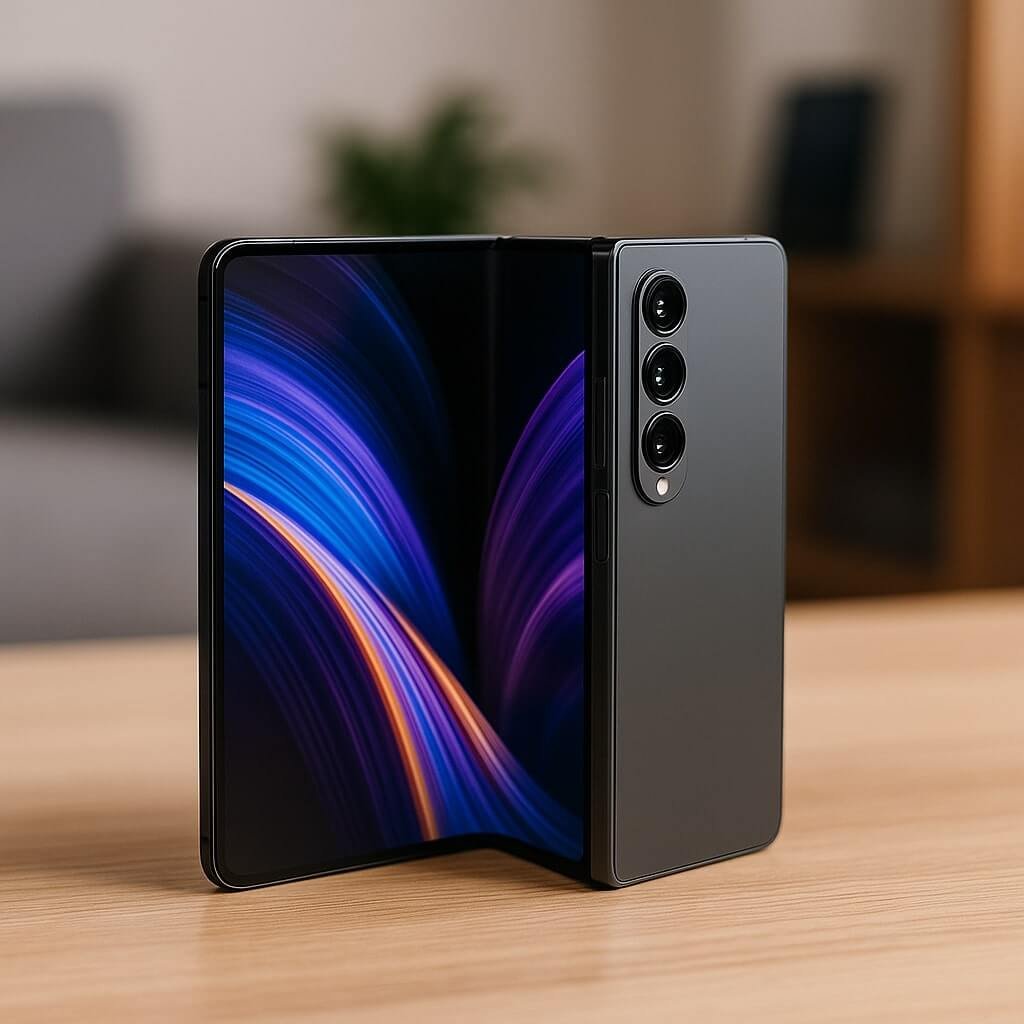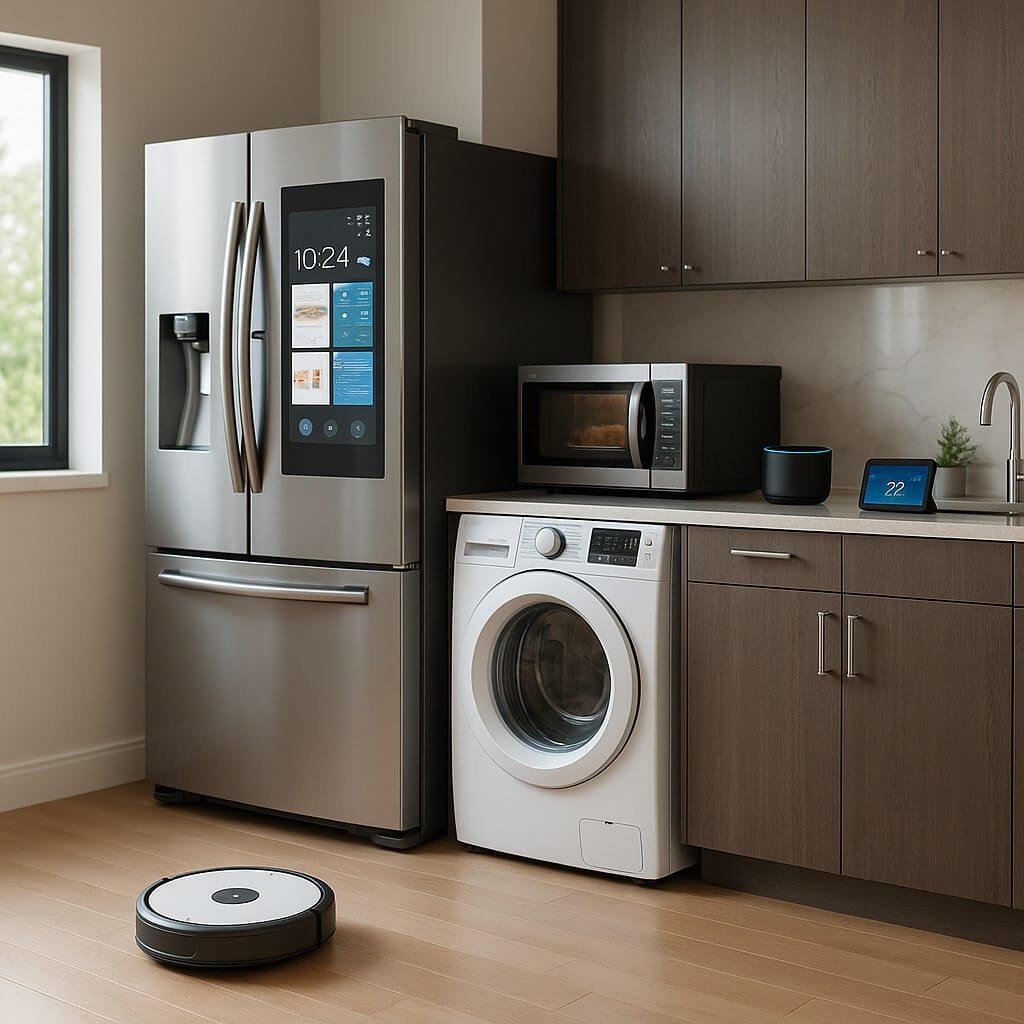The evolution of smartphones has reached a pivotal juncture, where innovation is no longer about adding more lenses or boosting processing speed — it’s about reimagining form and function. Enter foldable phones, the technology redefining what mobile devices can be. As we move toward a future dominated by versatile and immersive experiences, foldables are poised to take centre stage.
This article explores why foldable phones are not just a trend but a transformative force in mobile computing, and how they are set to become the new standard in the coming years.
Why Foldable Phones Represent the Future of Mobile Technology
1. Merging Portability with Productivity
Foldable phones bring the best of both worlds: the compactness of a smartphone with the productivity potential of a tablet. With flexible OLED displays, these devices allow users to unfold larger screens without sacrificing portability. This is a game-changer for multitaskers, gamers, content creators, and business professionals who need more screen space without carrying an additional device.
2. Enhanced User Experience and Functionality
Multitasking on a foldable phone is seamless. Users can run multiple apps side-by-side — editing documents, browsing the web, and taking video calls simultaneously. These capabilities cater to an increasingly hybrid lifestyle where efficiency and convenience matter more than ever.
Moreover, the UI/UX adaptations by major operating systems like Android are improving rapidly to support foldable screen dynamics, making the experience smoother and more intuitive with each generation.
3. Aesthetics and Innovation Appeal
Foldable phones are visually striking and futuristic, giving early adopters a sense of premium ownership. Brands like Samsung, Huawei, and Motorola have set new benchmarks in design and engineering, showcasing hinge technology, durability testing, and innovations in material science.
As these designs mature and become more mainstream, foldables will no longer be niche products, but widely accepted premium tools.
4. Advancements in Durability and Materials
Early criticisms about fragility have been largely addressed. Modern foldables use ultra-thin glass combined with advanced hinge mechanisms that offer durability while maintaining a sleek profile. Water resistance, dust protection, and screen longevity are no longer major concerns in most flagship foldables.
These improvements are key in building consumer trust and making foldables a viable long-term investment.
5. Rapid Decrease in Cost and Increase in Options
As production scales and competition grows, foldable phones are becoming more affordable. Entry-level models are emerging alongside premium options, allowing broader market penetration. Manufacturers are also diversifying the form factors — from clamshells to book-style foldables — giving consumers more choice based on their lifestyle and needs.
6. Eco-Friendliness and Device Consolidation
A foldable device can potentially replace multiple gadgets — smartphone, tablet, even laptop in some scenarios. This kind of device consolidation leads to reduced electronic waste and aligns with the growing demand for sustainable technology.
Industries That Will Benefit Most
- Business & Finance: Enhanced productivity tools, multitasking during travel or meetings.
- Education: Students can read, annotate, and video call, all from one foldable device.
- Entertainment: Cinematic displays for streaming and gaming on the go.
- Creative Work: Designers and artists can sketch and edit on foldable tablets with stylus support.
Challenges That Are Being Overcome
- Battery Life: Larger batteries and better power management algorithms are closing the gap.
- App Optimisation: Developers are increasingly making apps foldable-friendly.
- Bulk and Weight: Slimmer designs and lighter materials are addressing this concern.
- Hinge Longevity: Manufacturers have tested hinges for over 200,000 folds, ensuring years of use.
The Road Ahead: What’s Next for Foldable Technology?
The future will likely bring:
- Rollable Displays: Further flexibility and design innovation.
- More Affordable Models: Wider adoption among average consumers.
- Better Ecosystem Integration: Foldables are becoming a core part of smart home and productivity ecosystems.
- Augmented Reality Integration: Foldables could act as portable AR devices, blending real and digital worlds.
Frequently Asked Questions (FAQs)
Are foldable phones durable enough for daily use?
Yes. Modern foldables use durable materials such as ultra-thin glass and reinforced hinges, and undergo extensive reliability testing. Most top-tier models are built to withstand years of regular folding and unfolding.
Do all apps work well on foldable screens?
Not all apps are fully optimised yet, but major apps and services are increasingly supporting foldable-friendly interfaces. Android, in particular, is actively enhancing compatibility with foldables through native support.
Are foldable phones more expensive than regular smartphones?
Currently, they are generally priced higher due to newer technology and design. However, as the market matures and manufacturing becomes more efficient, prices are expected to become more competitive.
What brands currently lead the foldable market?
Samsung, Huawei, and Motorola are pioneers, but companies like Google, Xiaomi, and Oppo are also entering the foldable segment with innovative models.
Can foldable phones replace tablets or laptops?
In many cases, yes. While not a full replacement for high-performance laptops, foldables are increasingly capable of handling a wide range of productivity tasks, especially for users on the go.
Conclusion
Foldable phones are more than a fleeting trend — they are the natural evolution of smartphones. Their ability to redefine convenience, productivity, and user experience positions them as the cornerstone of future mobile computing. As technology advances and market adoption grows, foldables will likely become as commonplace as touchscreen smartphones once did after their initial debut.






